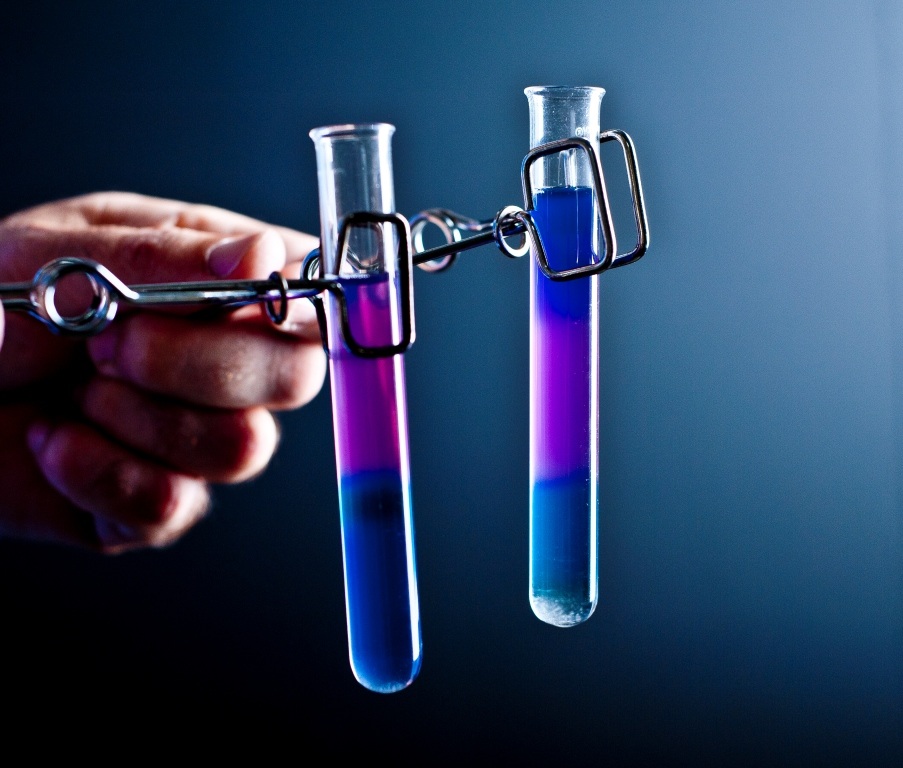The test tube has many names. Some call it the sample tube and other identify it as the culture tube. Regardless of how you call this piece of equipment, it is vital for all scientific experiments and researchers. This is one of the world’s most commonly used piece of equipment in labs. The test tube comes in different shapes, sizes, prices, and weights. Some test tubes can be as big as your figure. The standard test tube has a closed, curved bottom and an open top. There are special racks to hold test tubes. These racks ensure that the test tube doesn’t fall, spillover or cause any issues in the lab.
The right material
Over the past few years, several different types of test tubes have been designed and sold. Each of these test tubes has unique properties. Undeniably, the test tubes are designed with a purpose in mind. When you pick a test tube, you must ensure that it meets your requirements. You should understand the material used to prepare the test tube. For example, if you want a test tube that can handle extreme temperatures, you need a Pyrex glass tube. And, if you are not planning to work on experiments that need thermal resistance, you can pick another type of test tube.
With this being said, there are few different types of materials used to make test tubes.
Different types of materials used to make Test Tubes
#1 Borosilicate Glass Test Tubes
As suggested by its name, these test tubes are made of borosilicate glass. This is a unique composition found in all Pyrex glass tubes. The borosilicate glass tubes can be categorized into two types. Group “A” can handle high temperatures and it conforms to ASTM Type 1 and USP Type 1. Type two is made of aluminum borosilicate glass. This test tube satisfies class B requirements. Regardless of the group, all borosilicate test tubes are thermal and chemical resistant. This is why borosilicate glass tubes play an integral role in pharmaceutical and medical industries.
#2 Soda Lime Test tubes
Another commonly used test tube is made of soda lime. These test tubes are also used in clinical, medical, and pharmaceutical industries. The soda lime test tubes conform to ASTM Type 2 and USP Type 2. The composition of these test tubes has a variety of uses. They can be used as hematocrit, capillary, micropipette, volumetric or flow restrictor tubes. The soda lime test tubes have calibrated marketing and interesting coatings.
#3 Lead-Free Glass tube
Experts consider this as an environmental friendly test tube. That is because lead-free glass tubes are made of eco-friendly compositions. These tubes are often used in thermometer tubes and in lighting applications. These test tubes have strong semiconductor encapsulations. However, you must remember that these test tubes are not thermal or chemical resistant.
The verdict
Before you buy a glass tube, ensure that you know about its properties and uses. Always use the right test tube for your scientific experiments.




